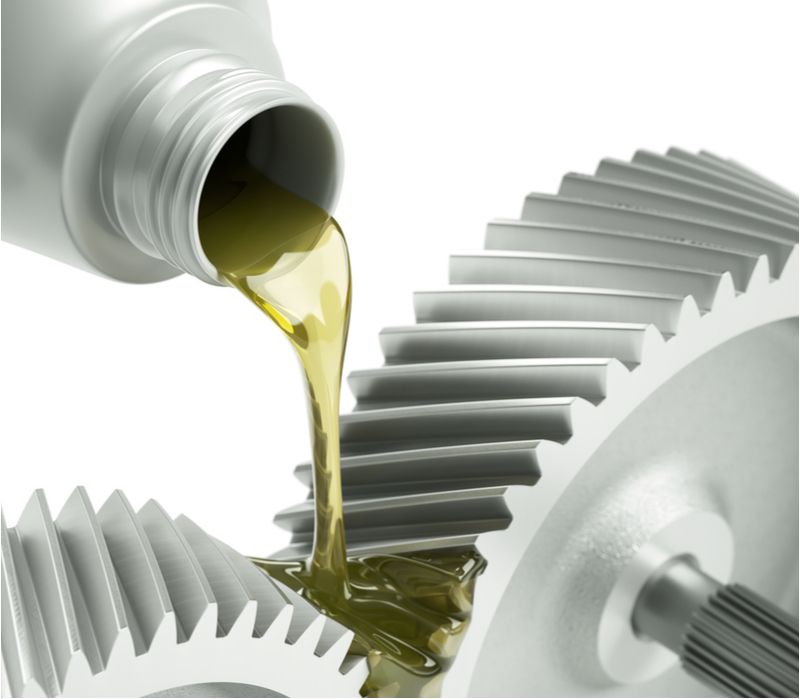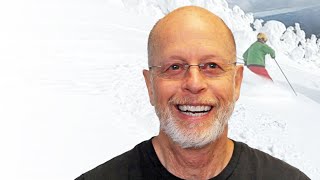Skiing with Arthritis
Hear From Our Patients
Back to Skiing on a Total Knee ReplacementArthritis used to end people’s skiing lives. No longer. Current non-operative therapies, as well as operative repairs, now have people on the slopes into their 90s. Here are the reasons why:

Arthritis of the knee and hip are the most common aches and pains that discourage people in their middle and older ages from skiing. Yet today, these men and women visit our offices for “lube jobs,” as many call them, in order to enjoy winter sports. What has changed?
Joint lubrication used to be a simple injection of hyaluronic acid (HA). It worked but often didn’t last long enough. This was in part because inflammation is the most common cause of joint pain, and HA alone is not potent enough to combat the inflammation generators. Today, HA is combined with growth factors from a variety of sources. These include your own blood (called PRP), fat, and bone marrow. These growth factors stimulate the joint lining to produce more HA, decrease the degradative enzymes in the joint associated with arthritis, and increase the anabolic factors that promote healing.
The current thinking is that specific growth factors recruit the body’s own stem-cell-derived self-repair cells to the joint. These further decrease inflammation and promote whatever healing can occur. Last year’s thinking—that we should inject stem cells directly—has been replaced, as it is now believed that the directly injected stem cells probably die off too quickly. But since all people have billions of stem cells, activating and recruiting them to the site of injury makes the most sense. Our research today focuses on which injected bioactive factors are most effective at recruiting these native repair cells: producing natural HA as a lubricant and decreasing inflammation. Our “lube job” of today is a potent cocktail of these factors. Many patients report six months to a year of joint pain relief—usually enough to get through the ski season.
Physical therapy, Pilates, yoga, and workouts with stretching, guided by great trainers and therapists, definitely helps keep arthritic joints moving. Stiffness and loss of motion are what people notice the most when returning to skiing, and those activities help tremendously. Getting in a hot tub before skiing, and doing a stretching fitness class early in the morning before hitting the slopes, are also great ways to get more enjoyment out of your day. Even a pre-ski 20-minute stationary bike spin can do the trick. Most of my 70-90-year-olds ski the sweet spot of the day (10 am -2 pm), avoid low visibility or icy days, and smile all the way down the slopes. I often write prescriptions that state, “must ski powder.”
NSAIDS such as Ibuprofen and Celebrex still have their place and can be used for a few days before and during skiing. We prefer not to keep people on them, as they have deleterious side effects. We avoid cortisone, preferring to use bioactive factors.
If the tissue is damaged enough, it’s best to repair it rather than masking the injuries. Surgical repairs, both biologic and bionic, have improved so much that skiing after either meniscus replacement and articular cartilage repair, or after robotic partial and total knee replacements, is now prescribed as a therapy rather than abandoned. In general, it takes three to six months to return to skiing after complex knee joint repairs—so many patients opt for surgery in the late spring or summer. By the time early winter comes, they prefer joint lubes. This allows them to delay their joint repairs until after the snow has melted.
So buy your lift tickets. Tune your skis. Buckle the new lightweight soft-flex, high-reactive ski boots and head for the hills. If your joints talk to you, quiet them with targeted care that keeps you moving, sliding, turning, and gliding.
For more on how skiers can play for a lifetime and avoid knee pain after skiing, be sure to check out all Dr. Stone's blogs on skiing injury prevention and recovery.


